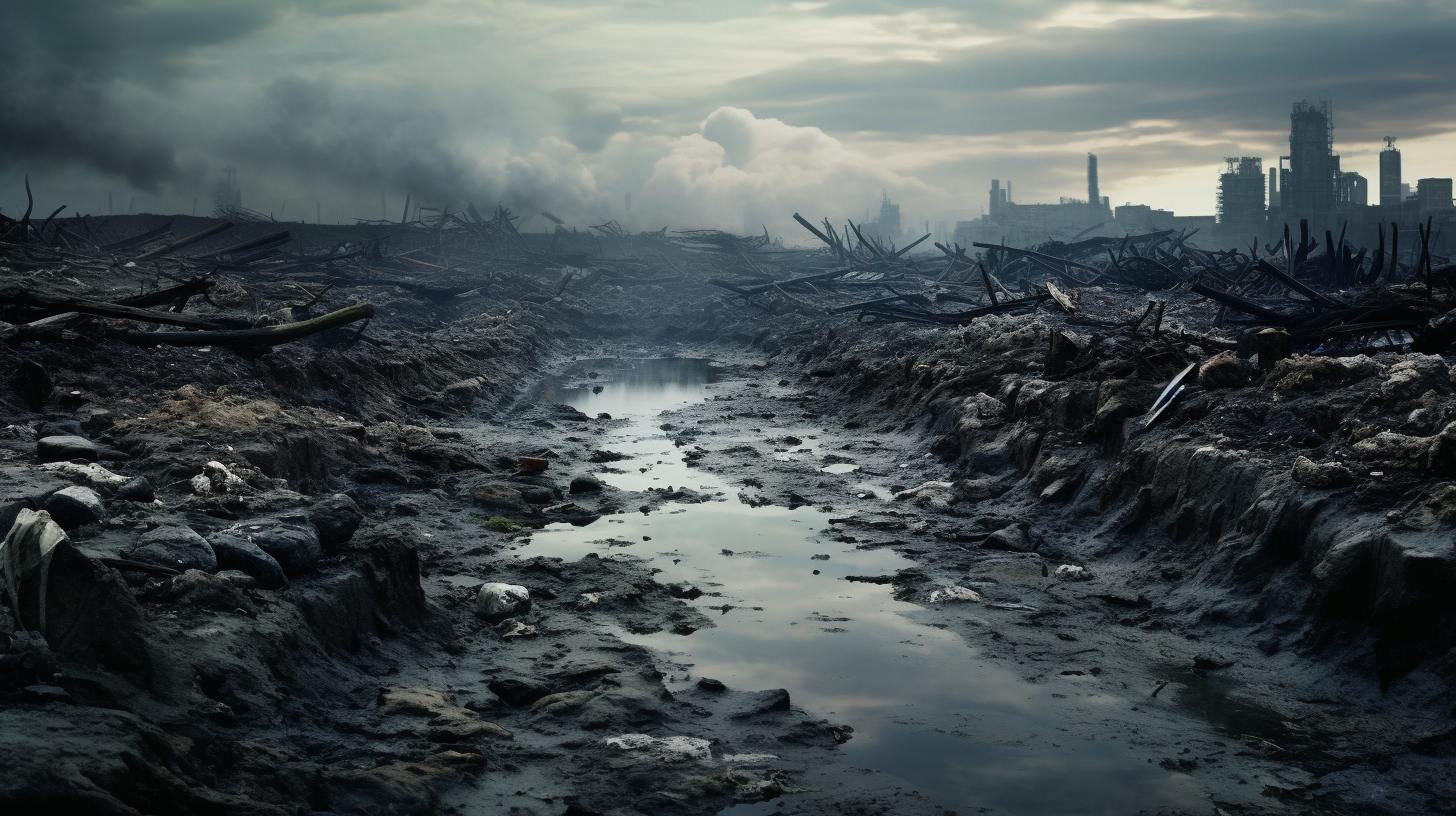In a world where the winds have faltered and the cries of storms are confined to yesteryear’s memory, we find ourselves in stark, breathless silence. The stillness in the air is thick enough to stifle our collective breaths, as communities across the globe withstand an eerie calm reminiscent of a held breath before the plunge.
Recent history sang tales of ‘The Return of the Gales – The New Era of Perpetual Storms’, speaking of skies tearing asunder and communities banded by weather’s fierce symphony. Today, that symphony has muted, leaving us perplexed on this phenomenon’s contrasting edge—the windless wastelands.
It has come without warning. Meteorologists who once chased gusty horizons now track the curious absence of breezes that once scattered seeds and stirred the oceans. Botanists report stagnation in ecosystems. Pollination has slowed; birds aloft on wind currents find the skies unyielding.
The causality of this climatic quiescence is an enigma that weaves an intricate web among various aspects of environmental neglect. Could it be that the veil of pollution is thickening, altering atmospheric pressure and circulation? Has the climate’s temperamental pendulum swung from volatile outbursts to a frightening lull?
Within this newfound silence, humanity’s narrative shifts once more. After bemoaning the ‘Winds of Change’ and its turbulent weather reshaping culture, we stand at another crossroads. In the shadow of cli-fi dystopias and art that once echoed the chaotic heartbeat of a planet imbalance, we now confront literature’s empty pages and wordless melodies—a stark reminder of the absence that grips the air.
Consider the fisherman, whose nets lie heavy in unrippled waters, the wind turbines motionless against an unmoving horizon, and children whose kites never climb. Our dependency on Earth’s breath is not only for oxygen but for the very forces that drive life’s dynamism.
Let us not overlook the parallel plight of economies teetering on this delicate dagger’s edge. Windless conditions threaten renewable energy targets. The dream of sustainable, wind-powered futures is challenged, possibly faltering on the precipice of innovation’s limits.
In a poetic twist, it may not be only the squall’s destruction that builds the carcass of human aspiration, but also the absence of nature’s invisible hand that could carve a grave for progress. After all, what are we, but creatures enthralled and enfeebled by the whims of the air we’ve taken for granted?
The silence, deep and unnerving, invites reflection. It is a silence that will grow in your memory, its relevance branching out to untold facets of daily existence. Will this article stand alone or herald a series as we delve deeper into this quiet anomaly? The answers may only be found at the eye of this breathless storm—a place of questions often feared.
